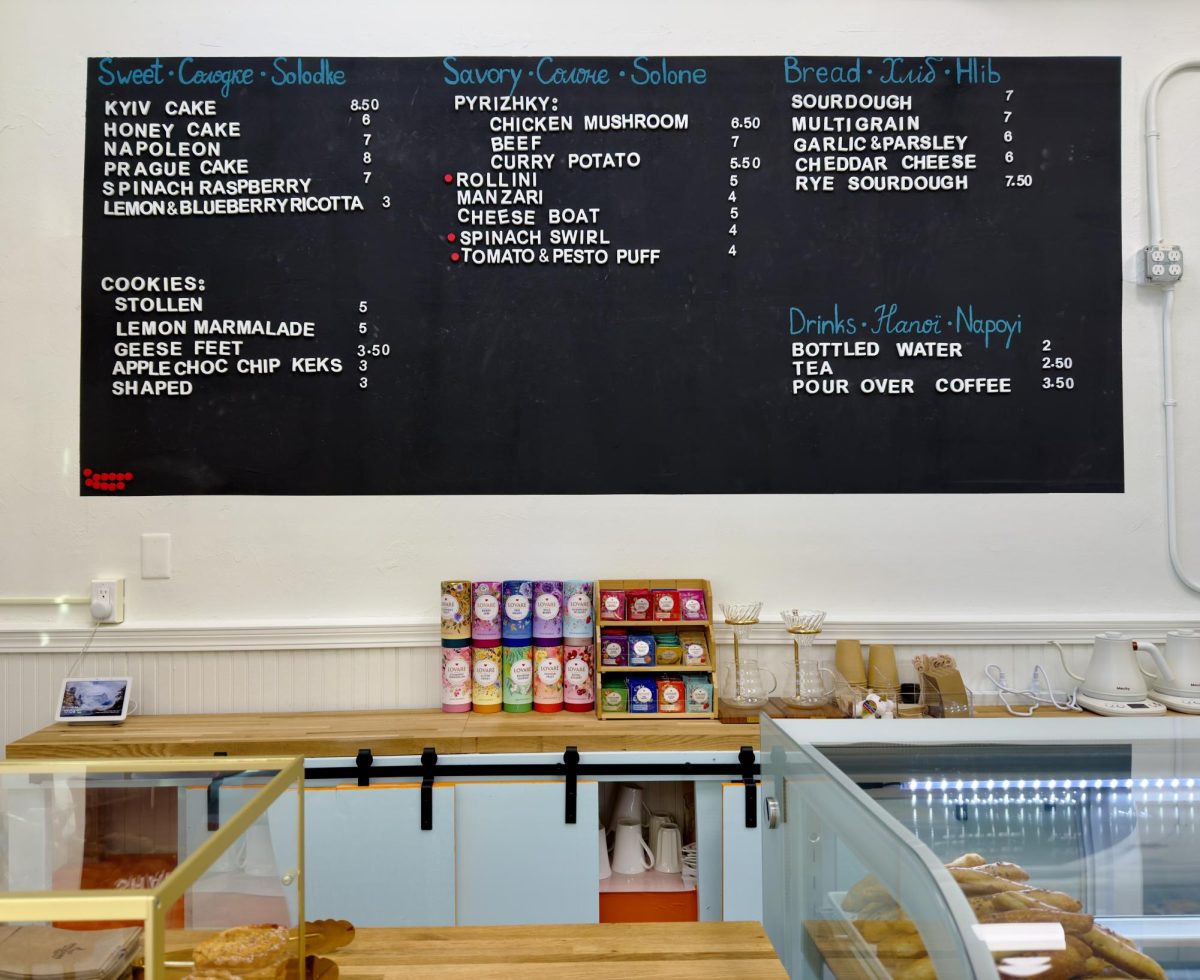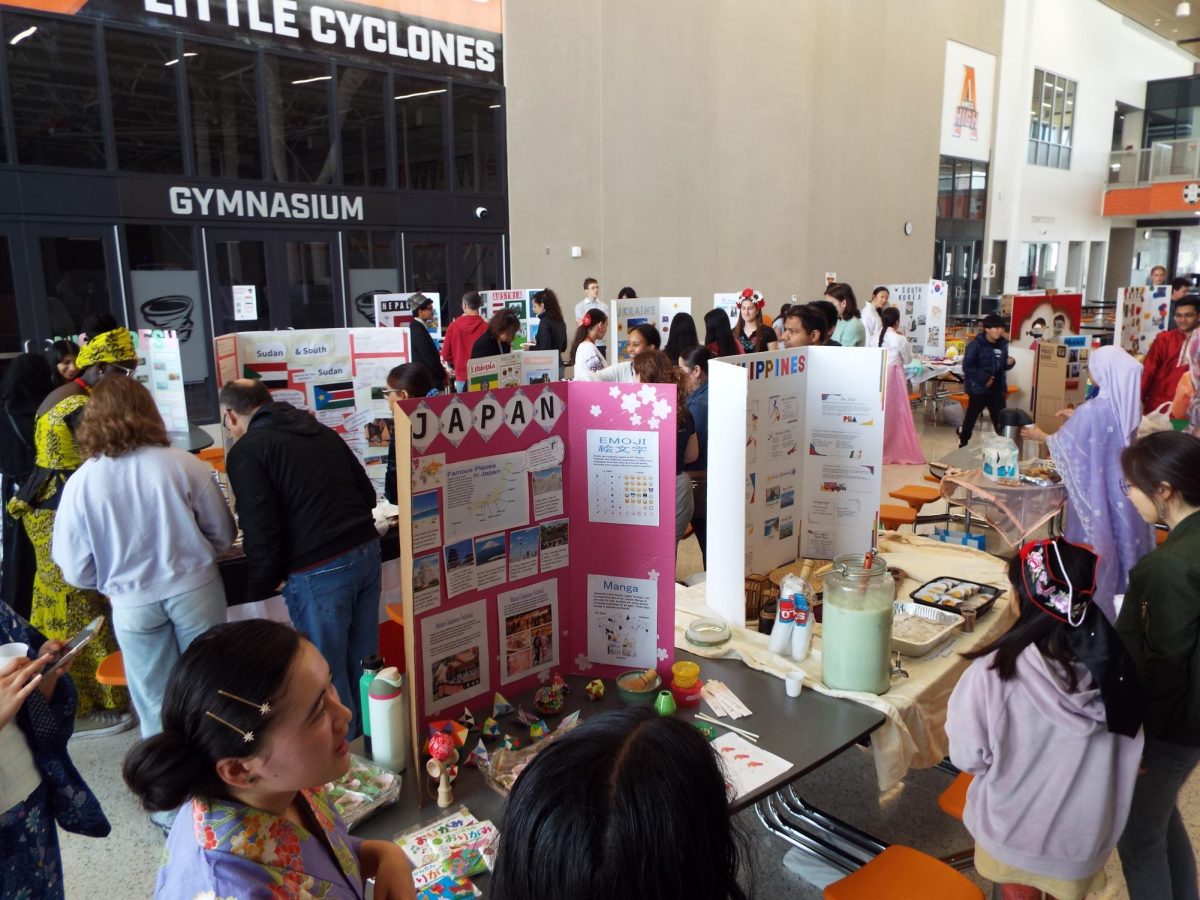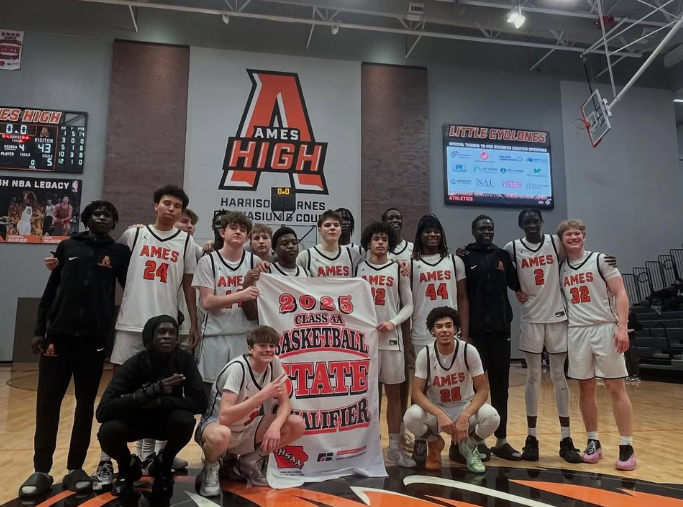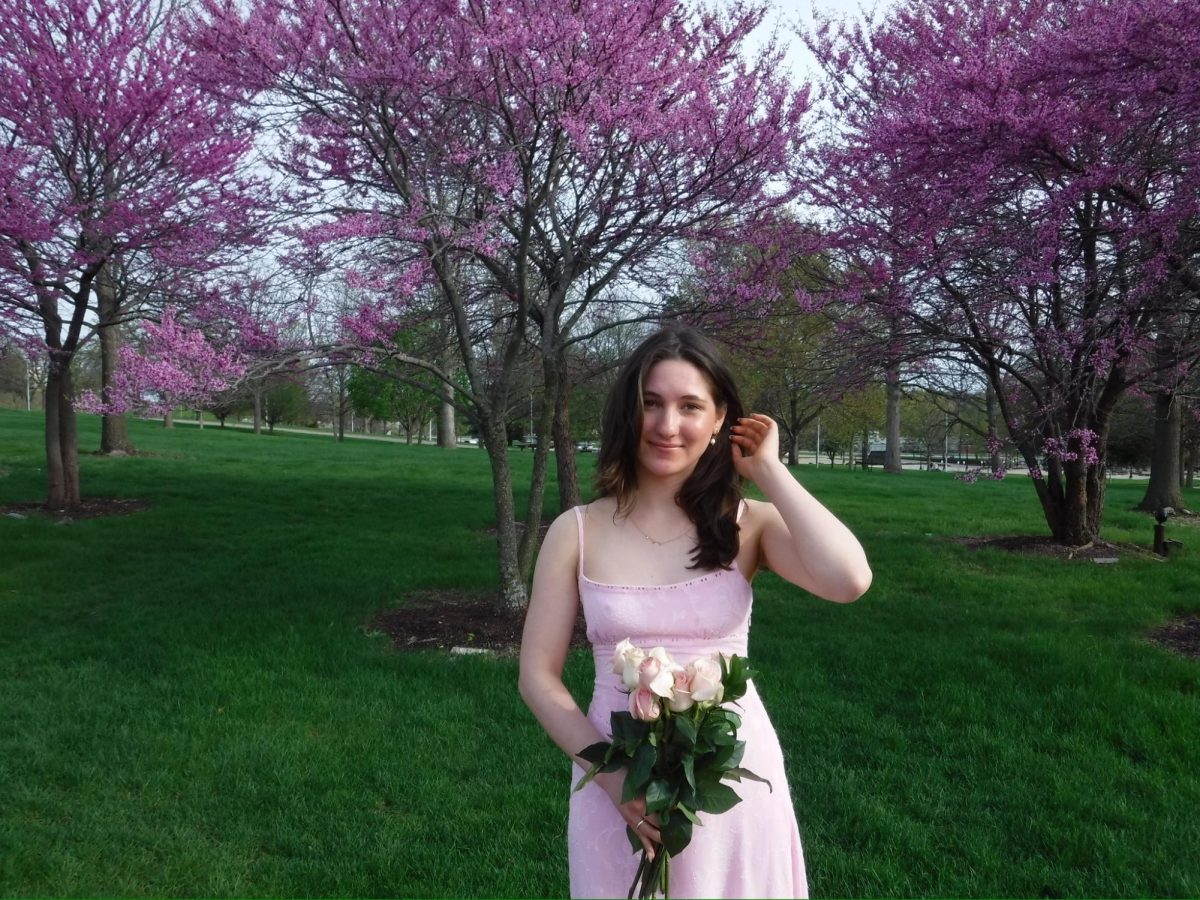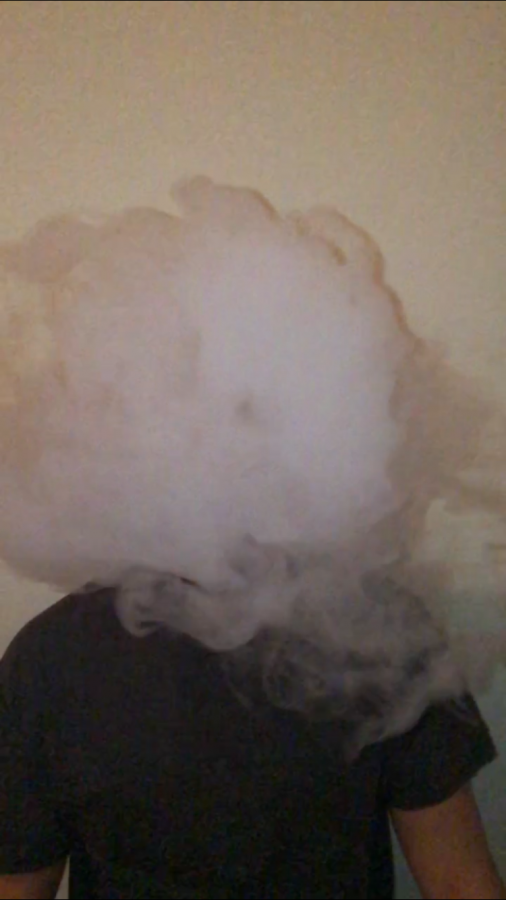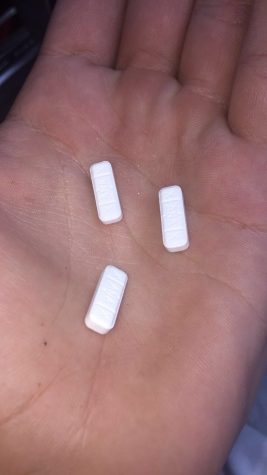Ames High Gets High
December 19, 2017
Luke Smith* is a riveting conversationalist, sociable and lively. He is well-known for his outgoing nature and he is a strong student in multiple AP classes. Smith has a wide range of friends of all ages and prides himself on his rampant political activism.
Smith has also just returned from a three-month stint in rehab for excessive drug and alcohol use.
Smith’s previous drug use is only one broken thread in the massive web of drug-use among Ames High Students. While Smith has completely stopped using, many Ames High Students still continue to enjoy drugs and alcohol.
According to a 2016 survey given to Ames High Students sponsored by the Iowa Department of Public Health, approximately 20 percent of students in Grade 11 reported using marijuana. And 10 percent of students said they had used marijuana within the last 30 days.
Substance use at Ames High School is not limited to marijuana, however. Students report recreationally using drugs such as Xanax, Adderall, Cocaine, MDMA, and LSD.
“During the summer, I prefer acid because it makes the world look so beautiful. However, during the school year I prefer marijuana because it doesn’t last as long,” student A said.
Ames High resource officer, Nick Schieffer, whose job entails being a passive enforcer in the school, said he caught two people smoking marijuana on school grounds within the last two weeks.
Despite these last two occurences, Schieffer said that generally it is somewhat difficult to catch people doing drugs on school grounds.
There must be an incriminating odor of the drug in the school for there to be an investigation. This also presents a challenge for finding hard drugs that do not have overt smells.
Furthermore, Schieffer said that he seldom deals with drug reports. The cause, he speculates, is due to students wanting to seem “cool” and protecting their peers.
“Kids don’t want to be seen as snitches, so that prevents them from reporting,” said Schieffer.
This can also explain why most students first experiment with recreational drug-use during social events.
“The first time I smoked was at a small bonfire with some of my friend’s friends,” said Student A. “I made new friends at the bonfire and eventually tried more drugs after researching them heavily.”
Smith also said that most of his substance abuse stemmed from him frequenting parties held by senior students as a freshman.
Despite the connotation of being “cool” that comes with drugs, and the fact that many students are first introduced to drugs within social circles, around 45 percent of students said that smoking marijuana would not influence their popularity, according to the 2016 survey.
Student X claims that the usage of drugs does not actually create positive images for students who use them, despite common belief.
The student also said that, in reality, drug use has adverse effects on users’ personal lives.
In addition to social pressures and curiosity, students said they tried drugs as a means of improving their own mental states.
Student D said he found a solution for his depression in marijuana. He did not want to seek clinical help or become dependent on antidepressants so, therefore, found comfort in the calming features of marijuana. Poor mental health also influence continous drug use in students.
“I seem to go into super bad depression and my anxiety goes off the charts when I stop so now it’s just a part of my life,” said Student B.
Many drug-users at Ames High school do not necessarily fit the other negative and “lazy” connotation that comes with being a druggie. “Some people [on] the honor roll are stoners themselves,” said Student B.
A prime example of this can be seen with Student A. Student A is a 4.0 student, the head of many clubs, and takes numerous AP and Iowa State classes. Student A has also experimented with five different varieties of drugs.
“They don’t really affect my academic performance. I value education highly and if [drugs] start to make me fall behind in academics, I’ll cut back,” said Student A. “If anything, drugs help because I don’t feel as stressed and I can study with a clear mind. Adderall helps me focus and stay motivated so I can achieve more, even in a stressful situation or an area with high-distractions.”
Student A is not alone in this assumption. According to an informal survey, 50 percent of students said that drugs have little to no effect on their academics. Student B said that marijuana allows her to understand math and science in more depth.
On the contrary, student Y said that she would like to think that drugs are not detrimental to her academic performance, although she believes that they most likely are.
“I’m not really aware of the full extent of how drugs affect my academic performance. Studies show that drugs have a bad effect on memory. Nothing has really been shown over time though,” said Student Y.
Most students at Ames High have been in at least one class or program that involved intensive drug prevention education. An example of this is D.A.R.E (drug abuse resistance education).
This program put great emphasis on the dangers of experimenting with drugs and alcohol. Contrary to the information instilled in students by this program, students interviewed agreed that while some drugs are dangerous, they are not as dangerous as they are framed to be.
The students unanimously agreed that marijuana causes little harm, but as for other drugs, the most important component for preventing danger is to do intensive research on drugs before they are taken, the students said.
“Education is the most important factor in the danger of drugs,” said Student D. “The D.A.R.E. program put out such misinformation about drugs that many people think they will kill you or make you live in a crack house after one use.”
Another rising trend in drug use at Ames High is the act of Vaping. Essentially, this involves inhaling vapor produced by E-juice from a vaporizer or e-cigarette.
This E-juice normally contains propylene glycol and vegetable glycerin base. Some E-juice even contains nicotine.
“Compared to smoking cigarettes, vaping may feel wetter and heavier depending on the vapor,” according to Vaping Daily.
Schieffer said that vaping has become increasingly popular because it is not classified as a scheduled drug (meaning it has potential to be abused). Because of this classification, students do not see vaping as harmful and are more inclined to do it.
“It’s the smoking mechanism of our generation,” Student Y said.
While many students are continuous drug users, other students have decided to discontinue their drug use. Smith and Student X have ceased drug use altogether and Student D has planned to stop in several weeks.
“I think that when you’re on drugs you think everyone’s out to get you which is not true…your brain on drugs perceives your situation as worse than it is,” Smith said.
In reflecting on his rehab experience, Smith said that what truly led him to stop using drugs was not rehab itself, but an intrinsic change in mindset.
“I think it was because I got out of the environment I had been in,” Smith said. “I have a lot more of a clear mind when off drugs.”
*Luke Smith is not his real name.



